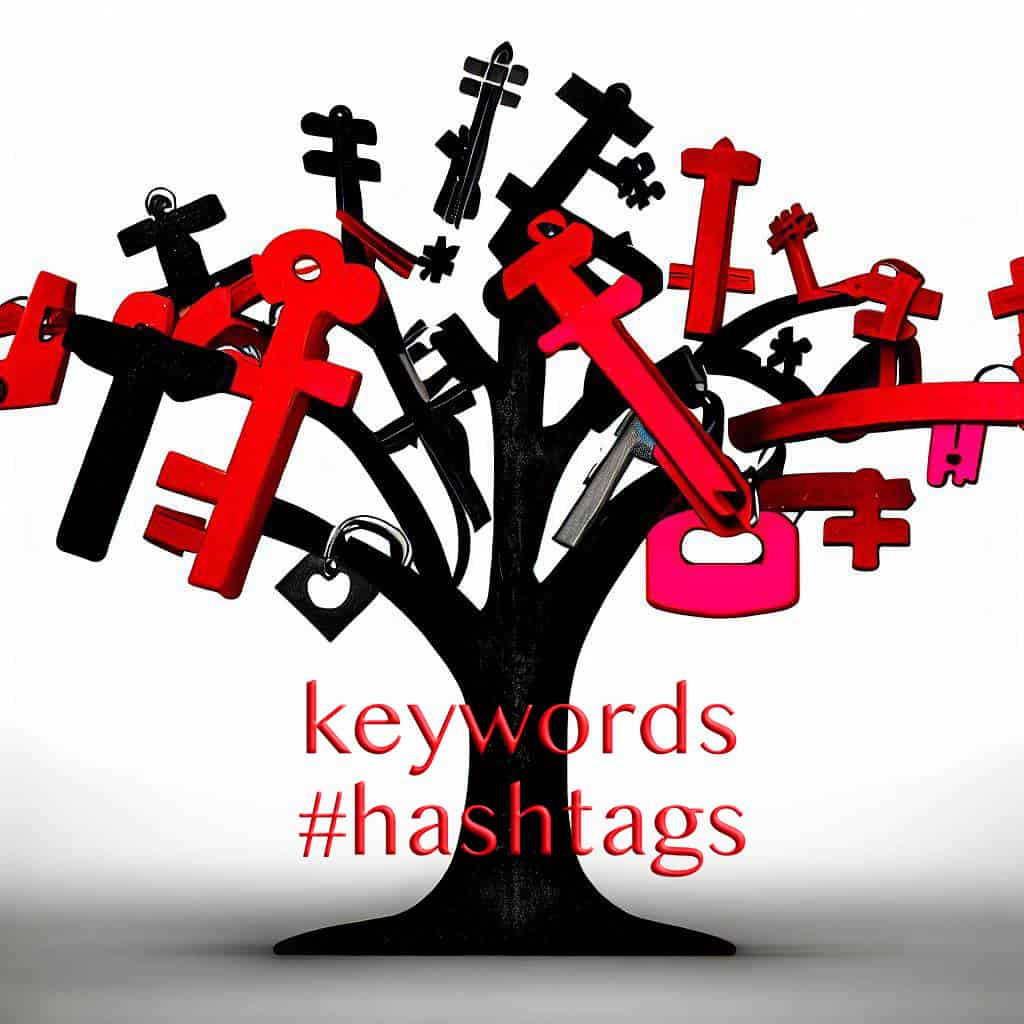Keyword and Hashtag Research
When building an online presence for your business, “keyword and hashtag research” refers to the process of identifying and selecting the most relevant and effective keywords and hashtags to optimize your content and improve its visibility in search engines and social media platforms. Here’s how you can conduct keyword and hashtag research:
1. Identify Your Target Audience: Understand your target audience’s interests, needs, and pain points. This will help you discover the keywords and hashtags they are likely to use when searching for products, services, or content related to your business.
2. Brainstorm Relevant Terms: Begin by brainstorming a list of keywords and hashtags that are directly related to your business, products, or services. Think about the words or phrases your audience might use to find information in your industry.
3. Use Keyword Research Tools: Utilize keyword research tools like Google Keyword Planner, SEMrush, or Moz Keyword Explorer. These tools provide insights into search volume, competition, and related keywords. They can help you discover additional keywords and assess their potential effectiveness.
4. Analyze Competitor Keywords: Study the keywords your competitors are targeting. This can provide valuable insights into popular terms and strategies in your industry. Tools like SEMrush and SpyFu can help you identify competitor keywords.
5. Long-Tail Keywords: Consider incorporating long-tail keywords, which are more specific phrases containing three or more words. Long-tail keywords often have less competition and more targeted intent, allowing you to attract highly relevant traffic to your website or content.
6. Evaluate Keyword Difficulty: Assess the competition and difficulty associated with specific keywords. Tools like Moz and SEMrush provide metrics for keyword difficulty, helping you choose keywords with a balance of search volume and competition.
7. Hashtag Research: For social media platforms like Instagram and Twitter, research relevant hashtags that are commonly used in your industry or by your target audience. Explore popular hashtags and monitor their usage to identify the ones that align with your content and have good engagement.
8. Consider User Intent: Understand the intent behind keywords and hashtags. Are users seeking information, looking to make a purchase, or searching for specific solutions? Tailor your keyword and hashtag choices to match the user intent to increase the relevancy of your content.
9. Refine and Expand: Refine your keyword and hashtag list based on your research findings. Focus on those that have high search volume, low competition, and are highly relevant to your business. Also, consider expanding your list with related keywords and hashtags to broaden your reach.
10. Track and Analyze: Once you have implemented keywords and hashtags in your content, track their performance using analytics tools like Google Analytics or social media analytics. Monitor the traffic, engagement, and conversions associated with specific keywords and hashtags to assess their effectiveness and make adjustments as needed.
Remember, keyword and hashtag research is an ongoing process. Stay updated with industry trends and changes in user behaviour to continuously optimize your online presence and reach your target audience effectively.

